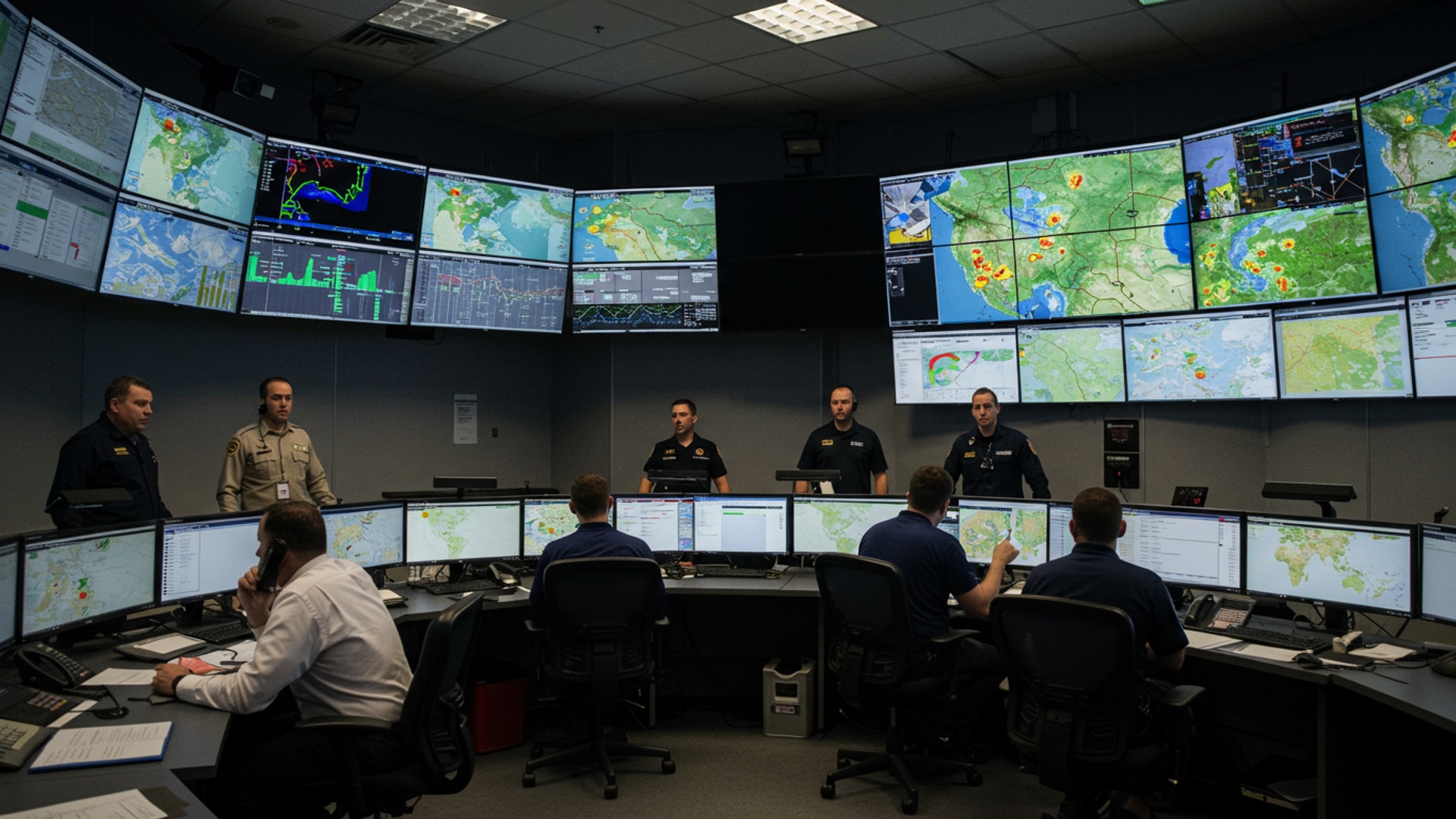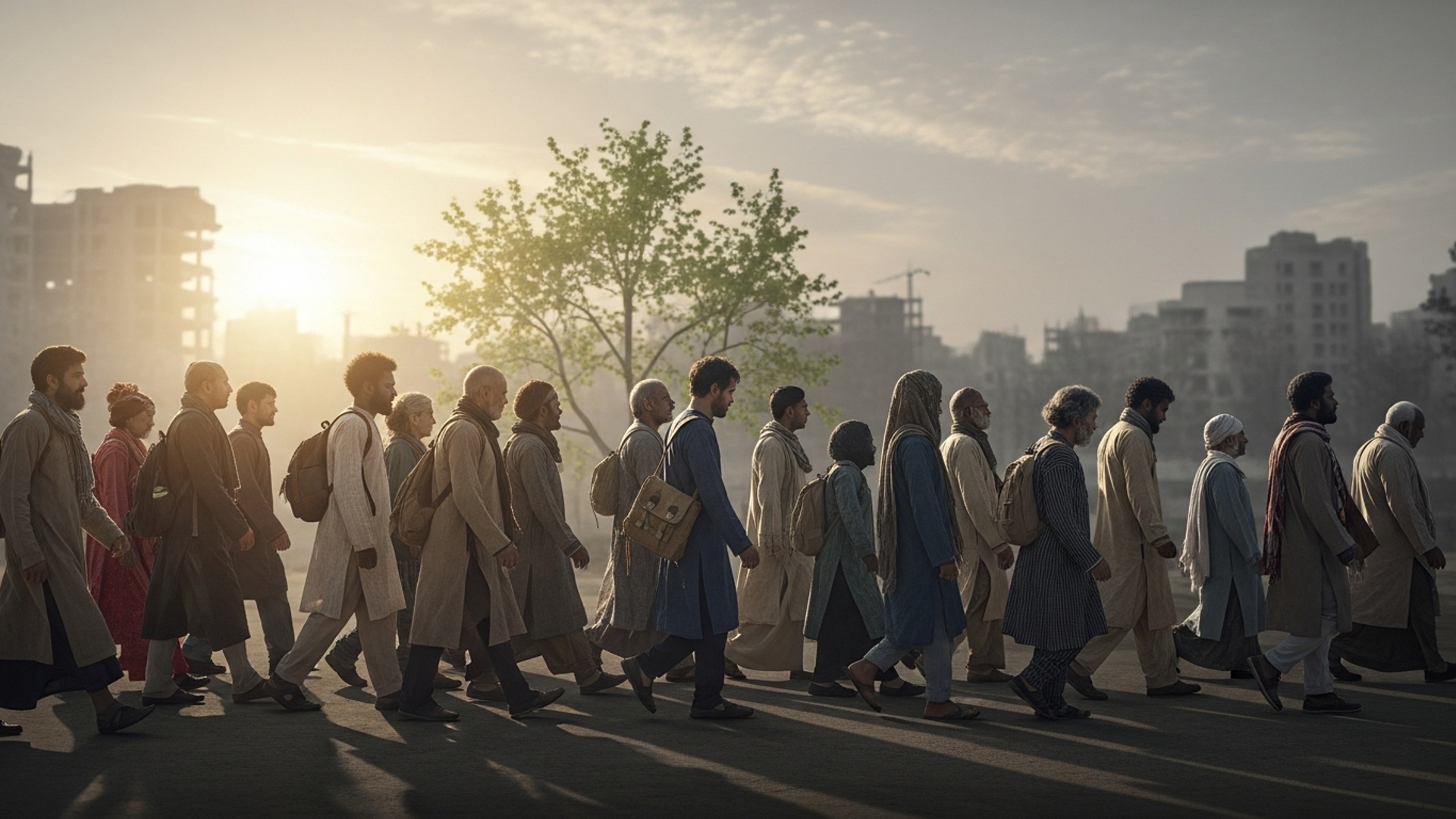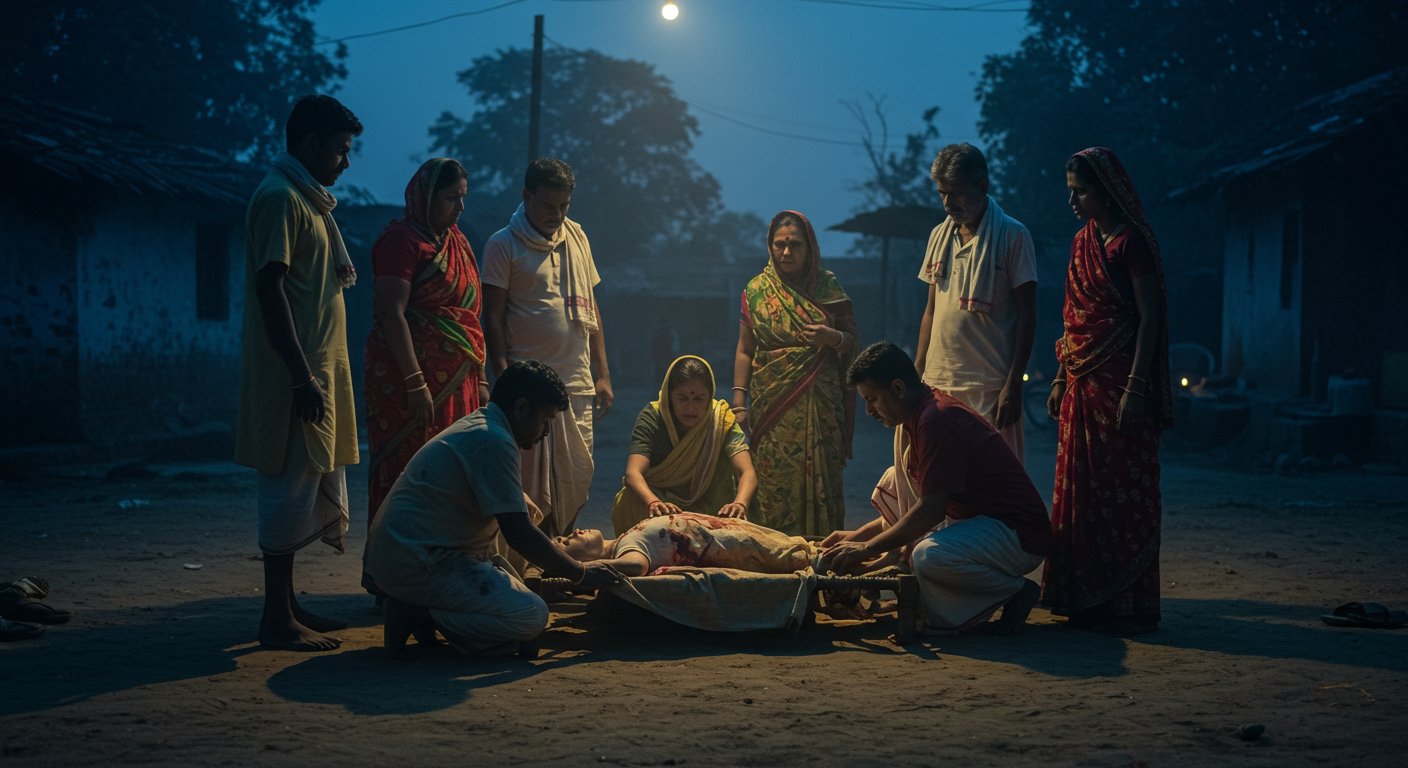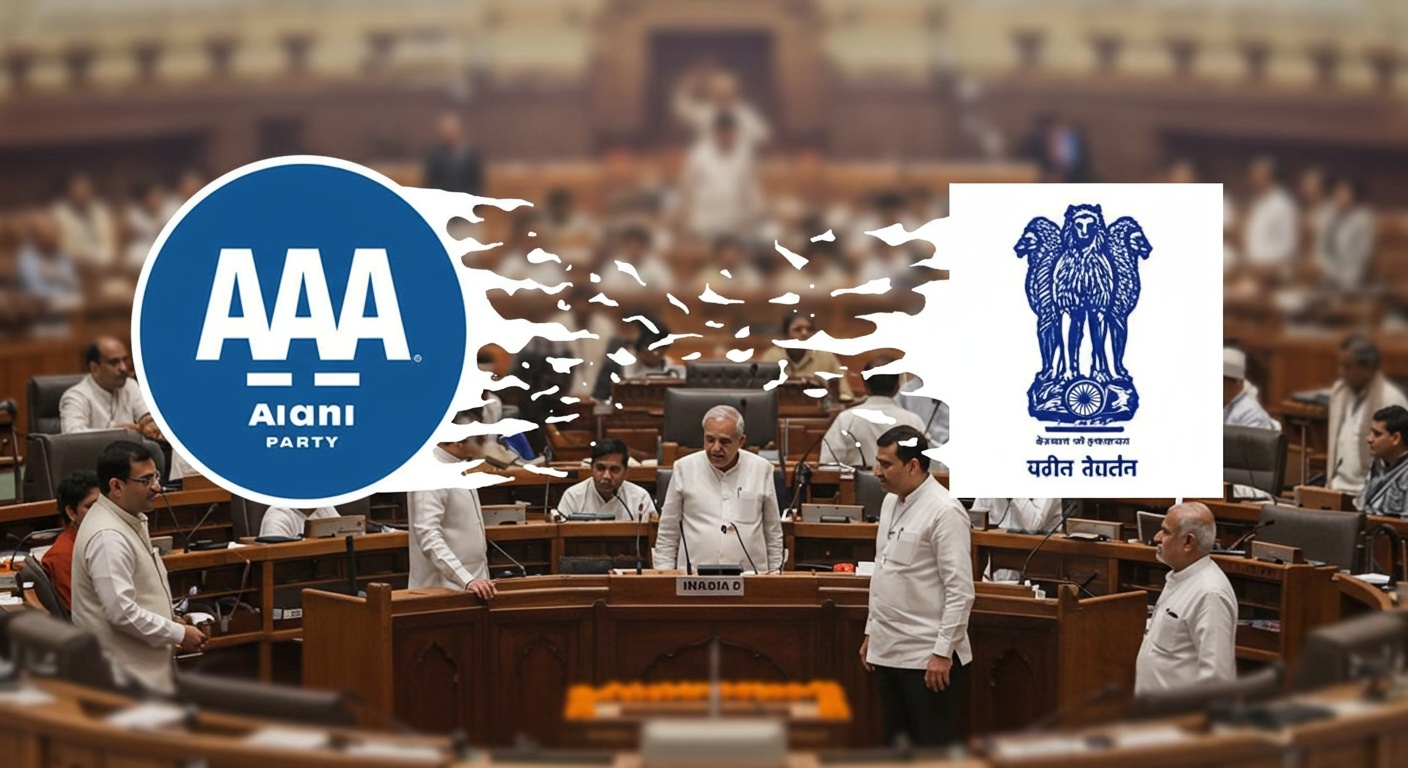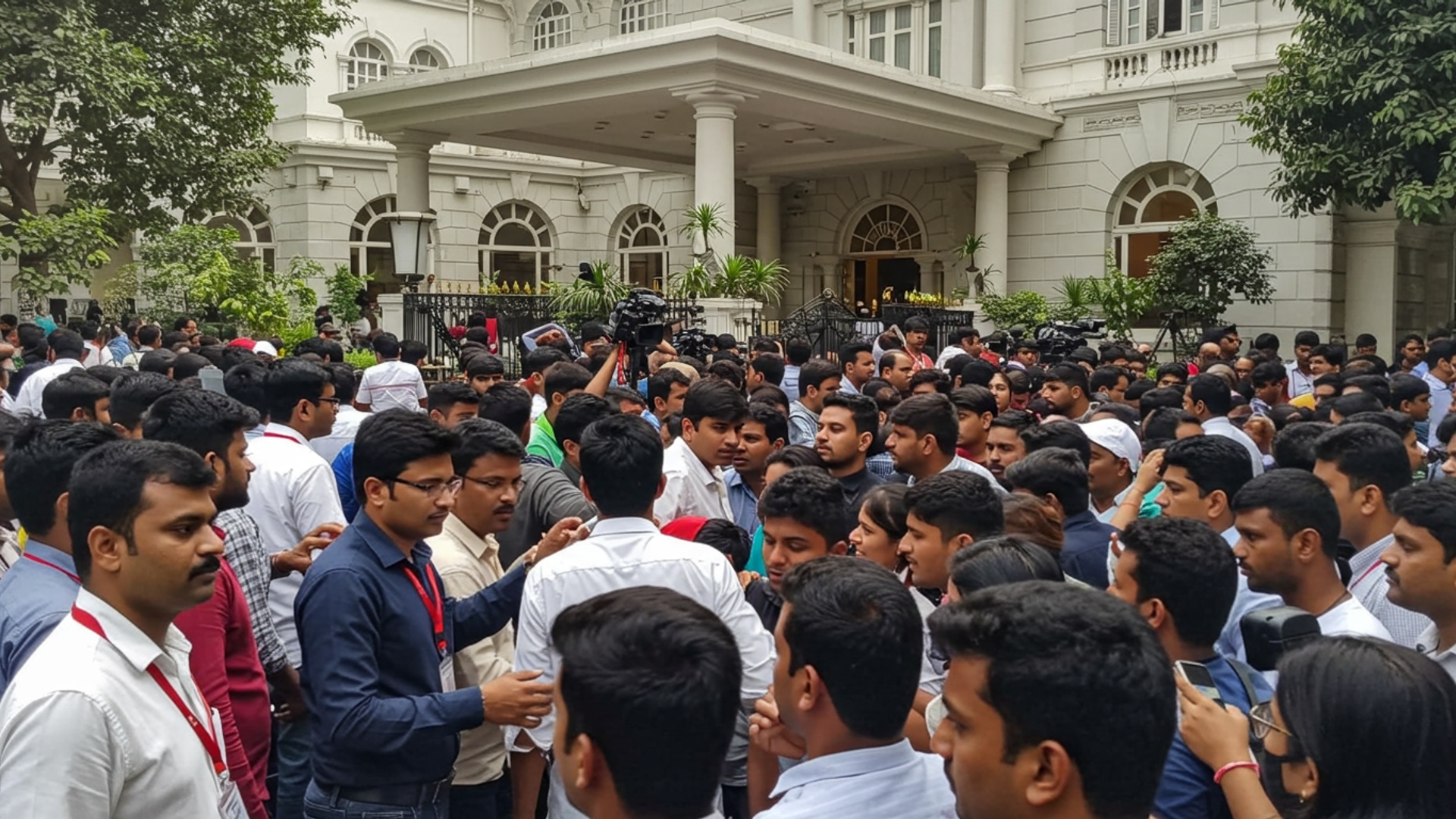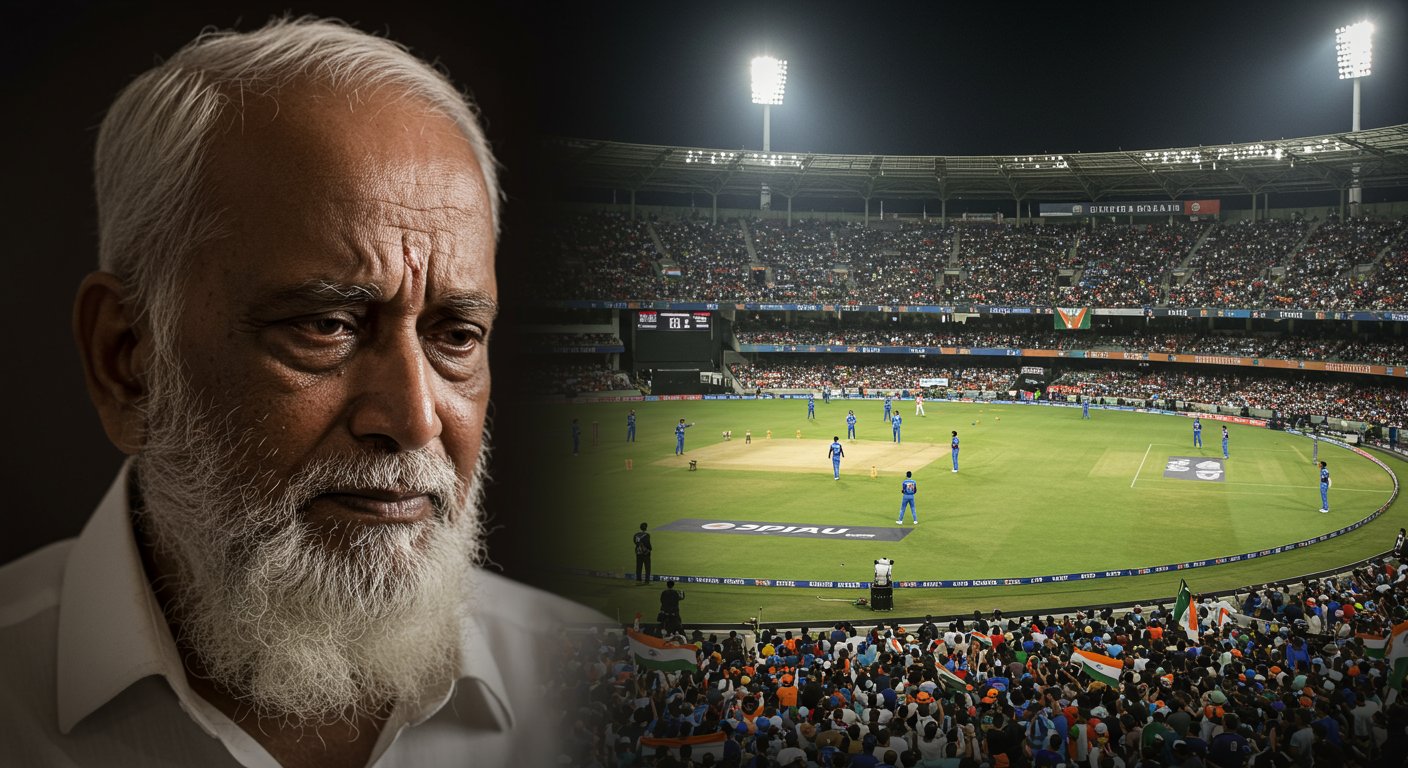Uttarakhand Governor General Gurmit Singh immediately orders a round-the-clock monsoon alert across the entire state, demanding constant watch and swift action from all disaster response teams. This urgent mandate follows the severe impact of recent heavy rain in Dharali, which caused widespread damage and highlighted the critical need for heightened readiness. With the monsoon season intensifying, the Governor’s directive puts officials on high alert to prevent further loss and ensure public safety, pushing for rapid response to any emerging threats from rain or landslides in the coming days.
Governor Directs Constant Monsoon Vigilance After Dharali Incident
Uttarakhand Governor Lt. Gen. Gurmit Singh (Retd.) has ordered all government agencies to remain on a round-the-clock alert to handle challenges during the active monsoon season. The directive follows a high-level meeting held on August 15, 2025, to review the state’s response to the recent disaster in Dharali and to strengthen preparedness for future events.
During the meeting at the State Emergency Operation Centre, the Governor stressed the critical need for continuous alertness and prompt action to unforeseen situations. He stated that every relief and rescue operation must be carefully recorded and studied. The aim is to interpret what worked well and what could be improved, using lessons from the Dharali incident to make policies better and prepare for faster responses in the future.
The Governor also connected virtually with scientists and experts from IIT Roorkee. He asked for vital updates on the water flowing out from a lake formed in Harsil and the condition and safety of the vital Dharali-Mukhba bridge. The IIT team assured him that detailed survey work is happening. a full report, essential for future actions and structural safety, will be given to the government very soon.
Understanding the Dharali Disaster
The Governor’s urgent directive comes in the wake of a devastating incident in Dharali. On August 5, 2025, a powerful cloudburst hit Dharali and nearby areas in Uttarkashi district. This caused severe flash floods and landslides, leading to widespread damage.
The disaster resulted in approximately 20 to 30 homes, shops, hotels. roads being swept away. Visuals from the scene showed a terrifying surge of muddy water covering the village, taking down entire homes and apartment blocks. The incident greatly affected villages such as Sukhi, Jaspur, Purali, Jhala, Harshil, Bagori, Dharali. Kukhwa, with significant damage to houses, roads. farm assets.
Initial reports confirmed at least four to five deaths. By August 11, the confirmed death toll had risen to six. More than 100 people were first reported missing after the flash floods. As of August 12, officials stated that 43 people were still missing. This group included nine Army personnel, eight local residents of Dharali, five from nearby villages. others from places like Tehri, Bihar, Uttar Pradesh. Nepal. Unofficial numbers suggested that the total number of missing individuals could be over 100. The local government listed 68 people as missing, including 44 Indians and 22 Nepalis, with nine soldiers among them.
Connectivity in the region has been severely impacted due to roads and bridges being washed away. Work is now underway to restore access to cut-off areas, including the construction of a Bailey bridge to re-establish road links.
The exact cause of the flash flood in the Kheer Ganga river, which hit Dharali, remains unclear. While a cloudburst is widely cited as the trigger, some scientists and experts have suggested the possibility of a breach in a glacial lake that may have formed upstream, or an ice-break in the upper parts of the region. This is still being looked into, as thick cloud cover has made it hard for satellites to get clear pictures of the glaciers.
Monsoon Risks in the Mountain State
Uttarakhand is a state that often faces natural disasters, especially during the monsoon season. Its mountainous and often unstable land makes it prone to flash floods, landslides. cloudbursts. A cloudburst is an intense and heavy downpour that brings a large amount of rain in a very short time, often with thunder and hail, which can cause sudden floods.
Experts say that climate change, combined with quick growth of towns and unplanned building, is making these dangerous events happen more often and with greater force. The Himalayan glaciers, which supply water to almost two billion people, are melting faster than ever before because of climate change. This increases the risk of unpredictable and costly disasters for communities. The softening of frozen ground (permafrost) also makes landslides more likely.
The India Meteorological Department (IMD) has continuously warned of heavy rainfall in the region. They have issued orange and yellow alerts for several districts, indicating a warning of extremely bad weather that could disrupt travel and power supply.
The Dharali incident has highlighted the growing risk of such disasters in these sensitive ecological regions and the increasing uncertainty about when they will happen. This makes it harder to put in place early warning systems and take steps to reduce the impact.
State Preparedness and Local Concerns
Even before the Dharali disaster, the state government had taken steps to prepare for the monsoon. Uttarakhand Chief Minister Pushkar Singh Dhami had previously told all government officials to stay alert 24 hours a day for the monsoon months. He had asked officials to be regularly on the ground and make sure necessary arrangements were in place.
District administrations across Uttarakhand have also been holding high-level meetings to review monsoon preparedness. For instance, in Udham Singh Nagar, the District Magistrate ordered all departments to be on high alert for floods and waterlogging, with no officer allowed to leave headquarters without permission. He also warned of strict action for not following rules under the Disaster Management Act.
These preparedness efforts include ensuring that disaster-response equipment is ready, drains are cleaned without delay. flood outposts are staffed round-the-clock. Twenty-four-hour control rooms are active at both district and tehsil levels. Medical officers have been told to stock up on essential medicines and ensure ambulances are ready. Vulnerable villages are being watched. shelters have been identified, with arrangements for toilets, electricity. water. National Disaster Response Force (NDRF), State Disaster Response Force (SDRF). Sashastra Seema Bal (SSB) units have also been kept ready.
Following the Dharali incident, rescue and relief operations are actively continuing in the Dharali-Harsil area. Essential goods are being delivered in sufficient quantities to the affected areas. efforts to provide food items and other relief materials to every house have started. AIIMS Rishikesh has also set aside special wards, including its trauma center, to provide care to those who are injured or rescued.
Despite these efforts, residents of Uttarakhand have raised concerns about the state’s monsoon preparedness. They point to issues like choked drains, damaged roads and bridges. a lack of preventive measures that remain unresolved even after recurring monsoon destruction. Many locals feel that officials often scramble each monsoon. lasting solutions and permanent improvements remain out of reach. This ongoing situation highlights the need for continued focus and investment in disaster management strategies to protect the vulnerable communities in the Himalayan region.
![]()
